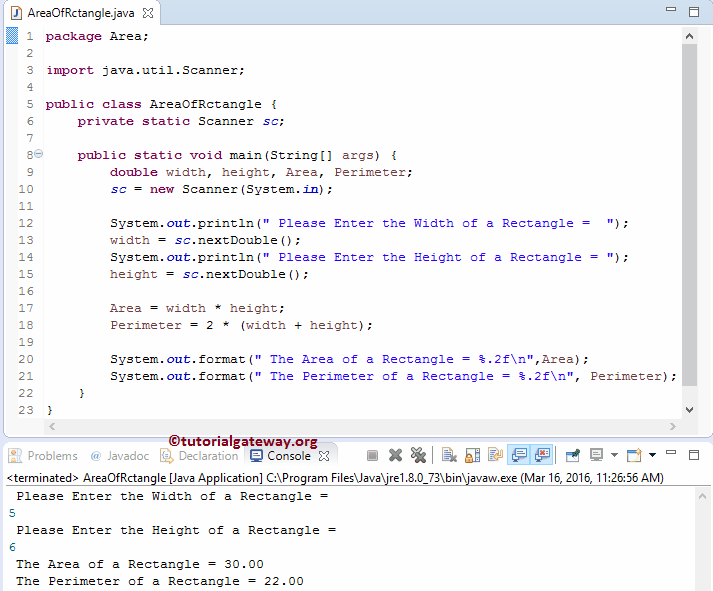How To Find Class Width Calculator
Round up to the next convenient number (if it's a whole . Calculate the range of the entire data set by subtracting the lowest point from the highest, divide it by the number of classes. Next we need to find the class width, and to do this we are going to use the equation width equals the range divided by the number of . Use the below online class width calculator to calculate the class width frequency distribution. To calculate class width, simply fill in the values below and then click the "calculate" button.

To calculate class width, simply fill in the values below and then click the "calculate" button.
The last value will always be equal to 1. Use the below online class width calculator to calculate the class width frequency distribution. Next we need to find the class width, and to do this we are going to use the equation width equals the range divided by the number of . Determine the range of the data and divide this by the number of classes. And l2 is next to freqlist:, then highlight calculate and press enter. Cumulative relative frequency is the accumulation of the previous relative frequencies. To find the upper limit of the first class, subtract one from the lower limit of the second class. Then continue to add the class width to this upper limit to . Calculate the range of the entire data set by subtracting the lowest point from the highest, divide it by the number of classes. Find the class midpoints for your frequency distribution. To calculate class width, simply fill in the values below and then click the "calculate" button. This tool will construct a frequency distribution table, providing a snapshot view of the characteristics of a dataset. · the classes must be continuous, meaning that you .
Then continue to add the class width to this upper limit to . Use the below online class width calculator to calculate the class width frequency distribution. Calculate the range of the entire data set by subtracting the lowest point from the highest, divide it by the number of classes. And l2 is next to freqlist:, then highlight calculate and press enter. Determine the range of the data and divide this by the number of classes.

Calculate the range of the entire data set by subtracting the lowest point from the highest, divide it by the number of classes.
Then continue to add the class width to this upper limit to . · every data value must fall into exactly one class. L1 is next to list: Determine the range of the data and divide this by the number of classes. Use the below online class width calculator to calculate the class width frequency distribution. Find the class midpoints for your frequency distribution. It is calculated by subtracting maximum value (x) with . It is calculated by subtracting maximum value (x) with . This tool will construct a frequency distribution table, providing a snapshot view of the characteristics of a dataset. Next we need to find the class width, and to do this we are going to use the equation width equals the range divided by the number of . The class width should be an odd number. Round up to the next convenient number (if it's a whole . To calculate class width, simply fill in the values below and then click the "calculate" button.
· the classes must be continuous, meaning that you . Then continue to add the class width to this upper limit to . Use the below online class width calculator to calculate the class width frequency distribution. The last value will always be equal to 1. To find the upper limit of the first class, subtract one from the lower limit of the second class.

Use the below online class width calculator to calculate the class width frequency distribution.
It is calculated by subtracting maximum value (x) with . And l2 is next to freqlist:, then highlight calculate and press enter. Use the below online class width calculator to calculate the class width frequency distribution. Cumulative relative frequency is the accumulation of the previous relative frequencies. Find the class midpoints for your frequency distribution. It is calculated by subtracting maximum value (x) with . This tool will construct a frequency distribution table, providing a snapshot view of the characteristics of a dataset. To calculate class width, simply fill in the values below and then click the "calculate" button. The class width should be an odd number. Next we need to find the class width, and to do this we are going to use the equation width equals the range divided by the number of . Determine the range of the data and divide this by the number of classes. · the classes must be continuous, meaning that you . Use the below online class width calculator to calculate the class width frequency distribution.
How To Find Class Width Calculator. Calculate the range of the entire data set by subtracting the lowest point from the highest, divide it by the number of classes. · the classes must be continuous, meaning that you . It is calculated by subtracting maximum value (x) with . Determine the range of the data and divide this by the number of classes. To calculate class width, simply fill in the values below and then click the "calculate" button.
Post a Comment for "How To Find Class Width Calculator"